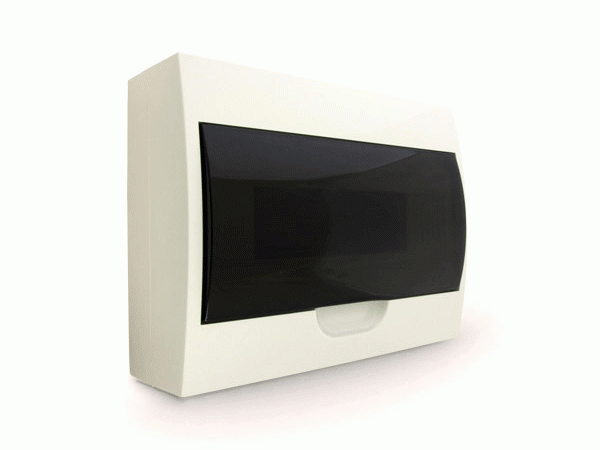26
Jan

Electrical distribution boards for commercial installations have gone through some changes in the past few years due to the higher demand for more metering,. There are two types of electrical distribution board types available: type A and type B. This terminology is used to describe the busbar package and the type of overcurrent protective device that it accepts.
All electrical distribution boards must be properly selected and erected. Some of the things to consider when selecting this equipment are:
Electrical professional will have to select distribution boards for operational conditions such as frequent, current and voltage. It is necessary that the equipment is suitable for the design current and current needs to flow in abnormal conditions. And last but not least, it should include a short circuit and earth faults.
A fundamental principle to consider: all equipment must comply with the appropriate Australian standard. If an electrical distribution board does not follow the appropriate Australian standard, then the electrical professional will have to confirm that any differences will not reduce safety.
Just like with all electrical equipment, distribution boards also need to be suitable for external influences they may encounter. There are conditions where a suitable distribution board is needed such as marinas, caravan parks, horticultural as well as agricultural installations.
Protection against fault current is something that must be considered when selecting a distribution board. For an installation with various distribution boards there will be different principles, so you will have to assess this at different points.
According to the requirements of fault current protection, only faults belonging to the same circuit have to be considered. On a three-phase distribution board, where a single-phase and three-phase are combined, you will need to look at these separately. A single-phase fault will be around half that of the three-phase fault. This interferes the fault current ratings of individual devices for the distribution board. Implementing a backup protection can also result in a more cost-effective installation.